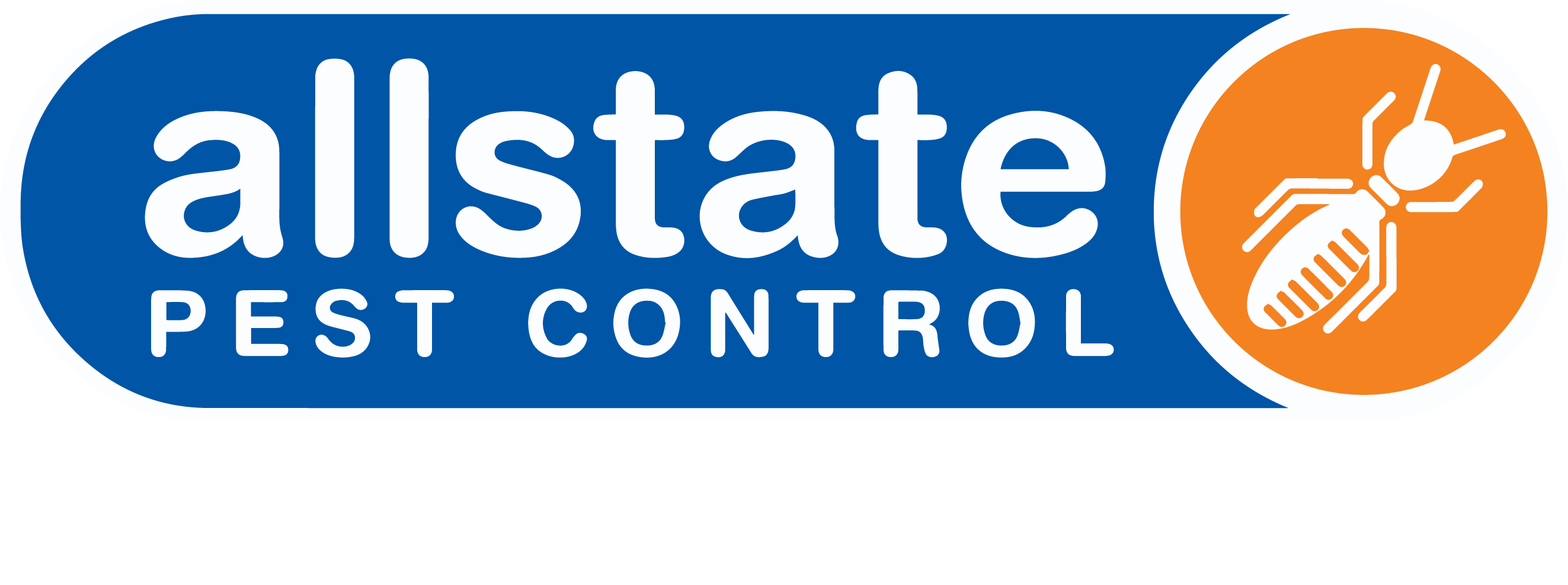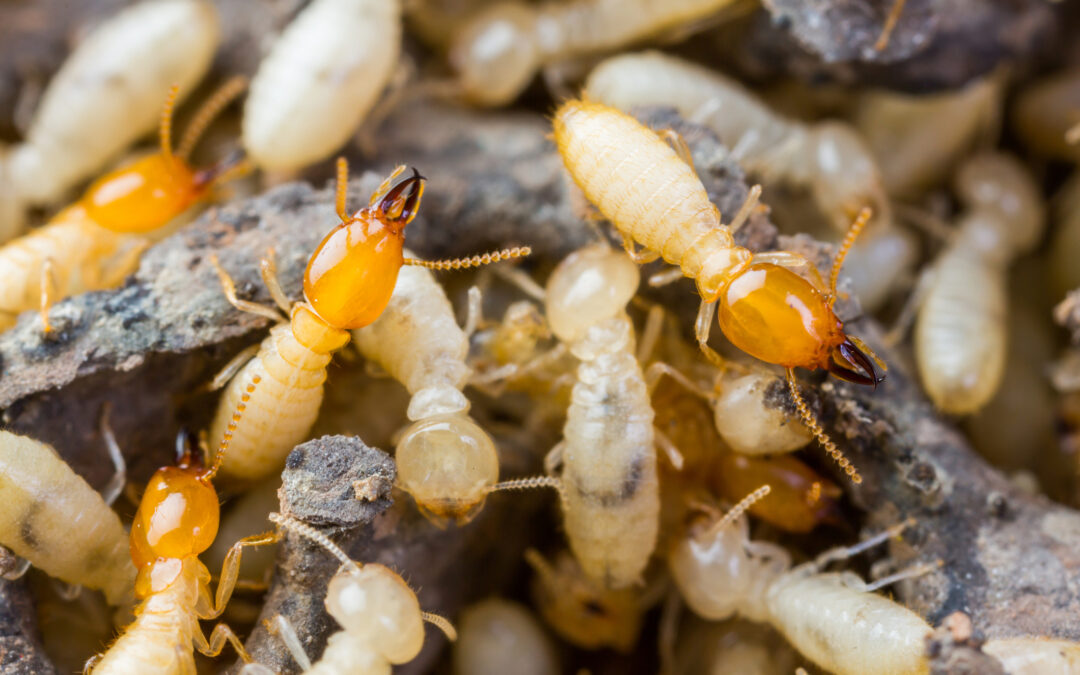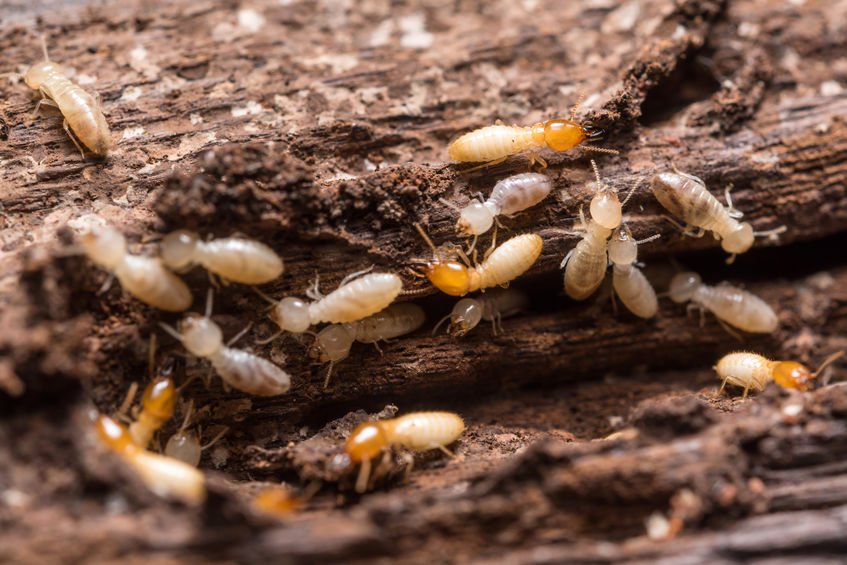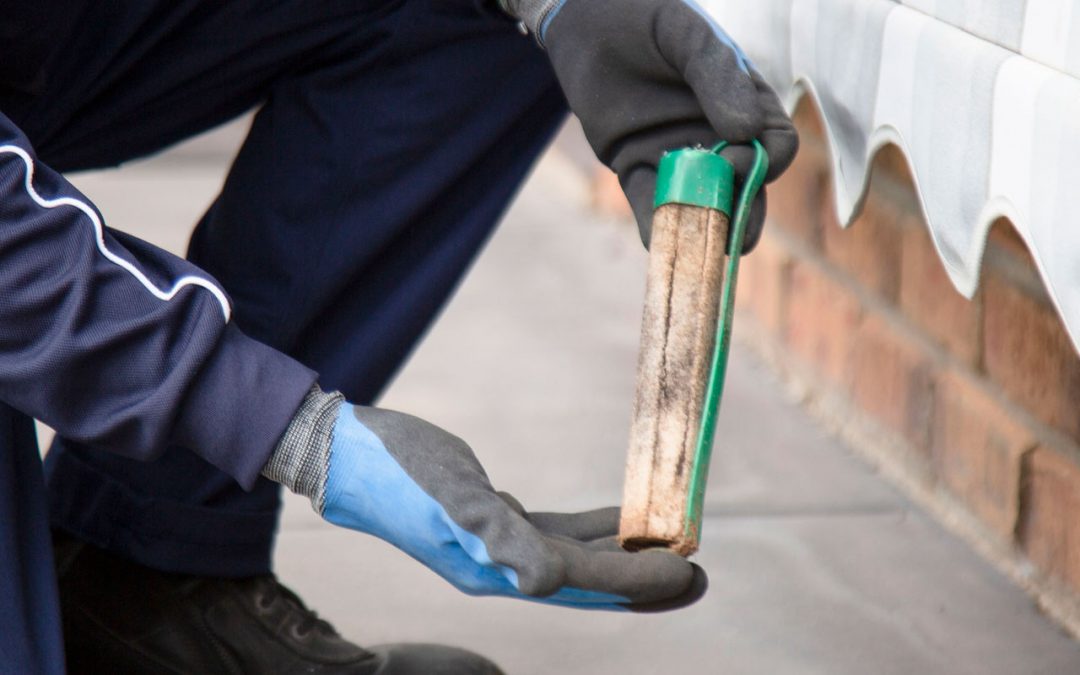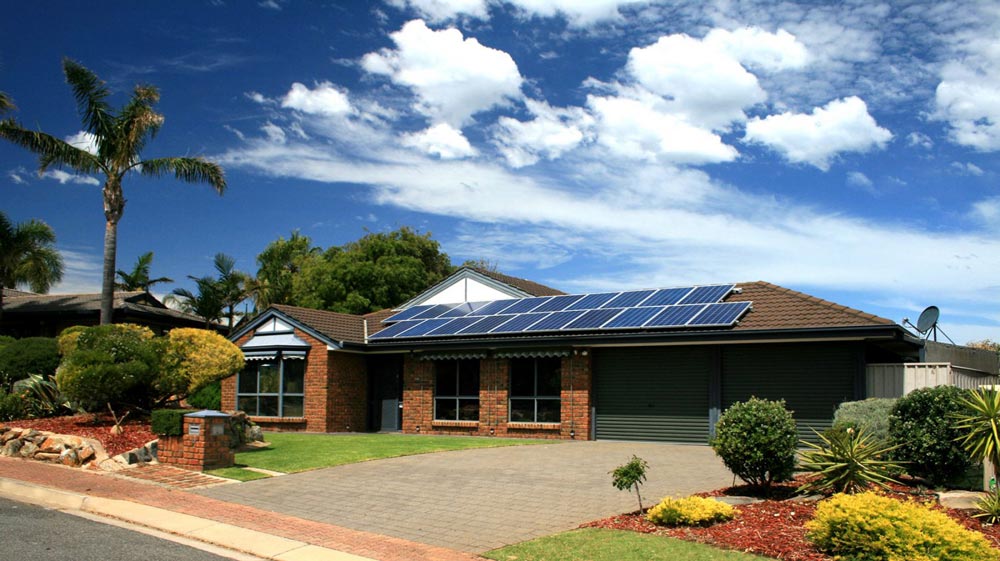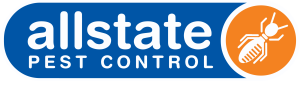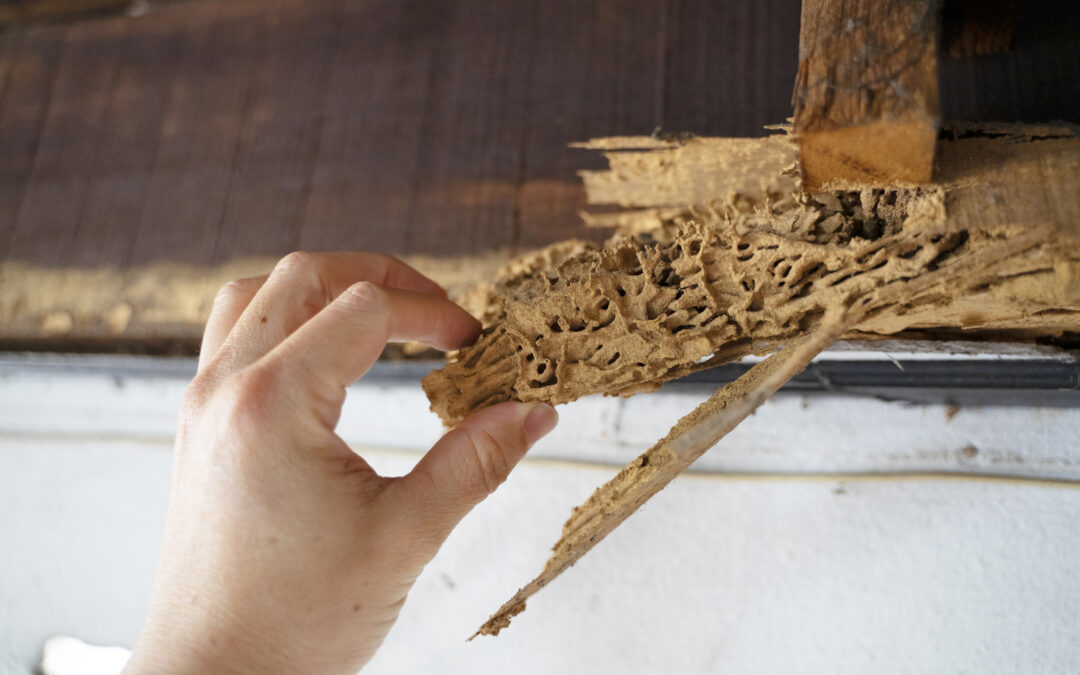
How To Prevent Termites In Commercial Buildings
For commercial buildings, the cost can be much higher due to the impact on business reputation and operations, equipment damage and breach of health and safety standards. The good news? Termite attacks are highly preventable if you seek professional assistance.
Continue reading if you’re keen to learn how to keep your commercial property protected from termites all year round.
How Commercial Termite Treatments Differ from Residential Solutions
Commercial termite treatment requires a more comprehensive approach than residential solutions due to the larger scale of commercial properties and the potential for costly damage to infrastructure.
Scope and Coverage
Commercial buildings demand extensive termite inspections and pest control services due to the complexity of structures and high traffic.
Regular termite inspections are essential for identifying termite problems early, especially in construction projects, to protect valuable buildings from structural damage.
Specialised Treatments and Monitoring Systems
Commercial pest control often involves soil treatments and the installation of termite bait stations to manage termite infestations effectively. Baiting systems are helpful in monitoring and preventing termites in commercial properties, targeting both subterranean termites and visible termite activity.
Residential solutions typically rely on termite treatment with liquid barriers, whereas commercial properties require professional assistance through termite control technicians to implement comprehensive approaches for long-term termite management.
Compliance and Risk Management
Commercial buildings must meet Australian standards for termite protection, particularly in industries dealing with customers or moisture-rich environments prone to termite attractants. Commercial termite treatment includes regular termite inspections to track pest activity and provide recommendations to property owners for protecting properties.
Costs, Frequency, and Infestation Management
Termite infestations in commercial properties can result in severe damage and significant damage if mud tubes or other subtle signs are ignored. Managing infestation in a commercial building requires professional service to identify colonies early, preventing extensive damage and ensuring business continuity.
Termite control costs are generally higher for commercial buildings due to the need for more frequent inspections and customised pest control services. Residential solutions focus on the early stages of termite attacks and immediate treatment.
Prevention and Termite Control Strategies
In Australia, termite inspections help detect termites before they cause costly damage. Pest control services use soil treatments and baiting systems to ensure termite protection for houses and commercial buildings. Moisture control is also crucial, as termites thrive in environments with high ground humidity.
By focusing on termite management and comprehensive protection, commercial termite treatment aims to protect property owners from extensive termite damage, ensuring that buildings remain safe and meet Australian standards.
What questions will this article answer?
Why is it important to prevent a termite outbreak?
Unfortunately, since termite damage is considered as preventable, property insurance does not cover the cost of repairs.
If you’re responsible for a commercial property, however, the bill could be much higher. Building damage can have a severe impact on your business and operations, as well as your reputation. On top of this, any structural problems can cause accidents, start fires, damage equipment and compromise the health and safety of tenants, staff, customers and clients. Breaching government regulations may also lead to heavy penalties.
Fortunately, termite outbreaks can be easily avoided as Allstate offers comprehensive commercial termite control and prevention programs for commercial facilities of all sizes.
Get fast termite protection advice today
Signs of a termite infestation
Mud tubes
If you notice accumulations of brown trails, these could be tunnels which consist of dirt, droppings, wood and other debris, known as mud tubes. They are built by termites to protect them while foraging.
Knocking on timber structures and getting a hollow sound
When there has been significant termite damage, you may hear a hollow, empty sound when tapping or knocking on a wooden structure.
Clicking sounds in walls
Active termites tunnelling through wood, or soldier termites warning of a threat to other termites can give rise to a persistent clicking sound.
Termite swarms and discarded wings
In spring and summer, termite alates, or winged termites, will leave the nest to start a new colony elsewhere. You may see them nesting in tree stumps and woodpiles in your yard, and flying around lights or windowsills.
Damage to floors, walls and ceilings
Look for cracks, changes to paint, blisters, warping and sagging. You may even find doors and windows are harder to open and close.
How to prevent a termite outbreak
- Trim tree branches, vegetation and foliage that are in contact with the sides of your building
- Remove old tree stumps, as well as piles of mulch and wood
- Be aware if your neighbours have experienced termite problems
- Have yearly termite inspections
Termite inspections
Depending on the level of risk, we recommend having a termite inspection of your commercial property at least once a year, in accordance with government guidelines.
If you’re in a higher risk area for termite attacks, for example, your property is surrounded by trees or has greater levels of moisture, this means that you may need more frequent inspections.
During a termite inspection, your licensed Allstate termite inspector will cover all areas of your property, inside and outside. This includes fence and yard, especially if there are tree stumps or timbers. We’ll cover all interior areas, from the floor to ceiling, including the roof void and subfloors.
You can expect us to use equipment such as borescopes, sounding tools, moisture readers and movement detectors.
Don’t delay your termite inspection, speak to an expert today
Professional termite treatment
Premise Treated Zones
Applied to the soil in specific treated zones, Premise termiticide is a powerful liquid treatment designed to kill termites. As it cannot be detected by termites, it is widely used in popular foraging areas.
Sentricon® Always Active™
Protection around the perimeter of your property is one of the best ways to restrict termite activity within the building. We position each Sentricon bait station at 30-50cm away from the building, with at least one station every three metres to maximise its effect. Each station is installed underground and contains a termiticide chemical that can be carried back to the nest by termites who have fed on it, leading to the prevention of the entire population.
Learn more about professional termite prevention here.
Choose Allstate for effective termite prevention in commercial buildings
Available 24/7 to all suburbs of Adelaide, our team is fully equipped to assist with termite prevention and management in commercial facilities of all sizes. All our inspections are conducted in compliance with Australian standards.
Established in 1986, Allstate Pest Control has grown to become the largest independent pest control company in Adelaide. We use targeted, innovative treatments that are non-toxic towards pets, children and the environment.
With a 100% satisfaction guarantee on all of our services, competitive warranties and payment plans available, you can trust Allstate Pest for long-lasting defense from termites.
Our expert team is ready to help you now
